Galaxy A40 vs. Galaxy A70 vs. Galaxy A80: Three Well-Equipped Samsung Offerings
Karamchand Rameshwar - Apr 13, 2019
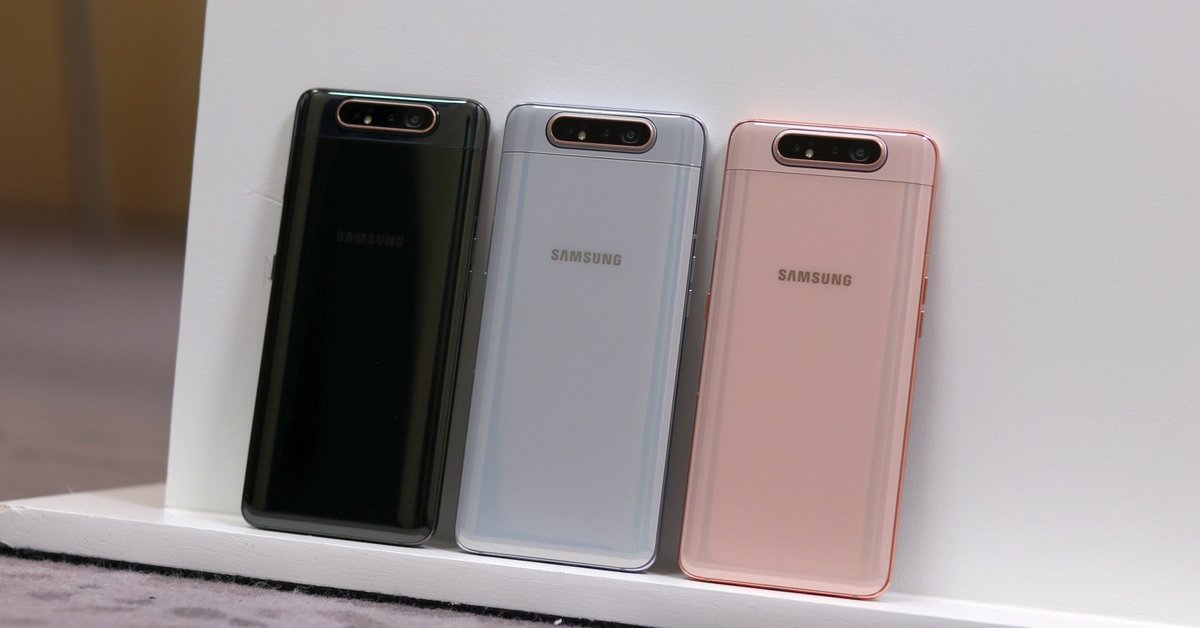
These three phones are all well divided into three different price ranges with different set of specifications.
- Best Gaming Phones 2025: Top Devices for Mobile Gaming
- Samsung Odyssey 2025 Gaming Monitors Launch in India with Revolutionary Features
- Samsung Galaxy Z Fold 7 Ultra: The Next Chapter of Premium Foldables
At a recent event in Bangkok, Samsung launched two new handsets in the mid-range segment. These handsets are the latest additions to its revamped Galaxy A series that have already featured the Galaxy A50, Galaxy A30, and Galaxy A20 earlier this year. The two new phones are the Galaxy A70 and Galaxy A80. The South Korean phone maker also released the Galaxy A40 as an exclusive offer in Europe in March. You can know by the name that the Galaxy A40 is the cheapest offering of these three handsets, while the Galaxy A80 is launched as an upper mid-ranger that is offered at a slightly lower price than the OnePlus 6T. In this comparison, we will take a look at the three latest additions to the Galaxy A series and see their key differences between the three.

Galaxy A40 vs. Galaxy A70 vs. Galaxy A80: Price

Samsung hasn’t officially launched these three phones in the Indian market yet. They also didn’t reveal the exact pricing of the Galaxy A70 and Galaxy A80 in India. However, considering the release prices of the current phones in the Galaxy A series in the market, we believe that the Galaxy A40 will be offered at a slightly higher than the current Galaxy A30 which costs Rs. 16,990 at the moment. However, that is only the case if Samsung actually launches the phone in the Indian market as it is, for now, an exclusive offer for the European market.
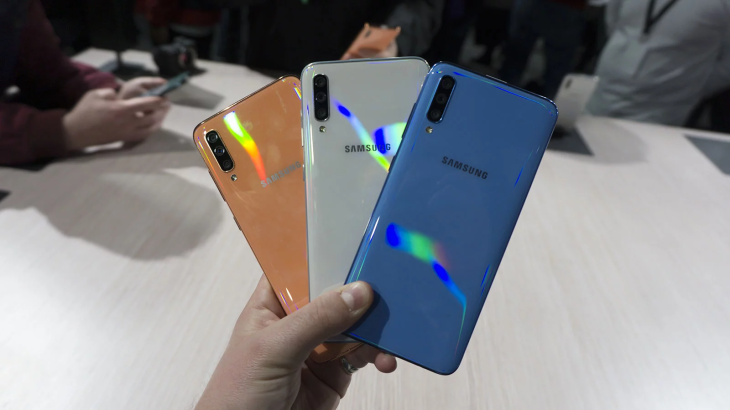
As for the newer Galaxy A70, it will launch at a higher level compared to the existing Galaxy A50 that is currently priced at Rs. 22,990 for the highest option. Therefore, we suspect that the Galaxy A70 will be priced around Rs. 25,000 when Samsung launches it in India.

The last offering is the Galaxy A80 which is also the top-end phone in the series. It is the first in the series to come with a new rotating triple camera setup. You should expect the handset to be offered at a price of around Rs. 40,000.
As mentioned, all of these three handsets haven’t made their ways to India yet. We will update as soon as we hear more about them so stay tuned. Let’s move to the detailed comparison between their specifications.
Galaxy A40 vs. Galaxy A70 vs. Galaxy A80: Specs, Design & Features
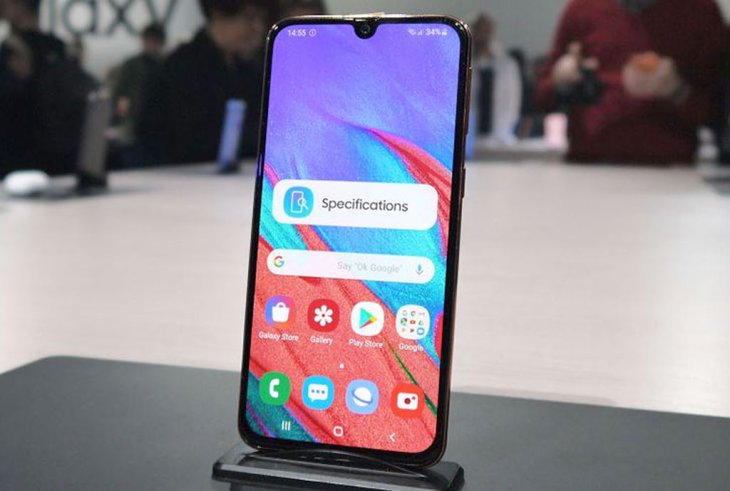
Let’s start with the design and display of the three phones. The most affordable Galaxy A40 comes with a 5.9-inch Super AMOLED panel with 2,340 x 1,080p resolution.

Meanwhile, the Galaxy A70 and the Galaxy A80 both come with a massive 6.7-inch Super AMOLED panel with 2,400 x 1,080p resolution. However, while the Galaxy A70 has a water-drop notch on top of its display, the Galaxy A80 has a full-screen design thanks to the rotating camera design that can work as both rear and selfie cameras.
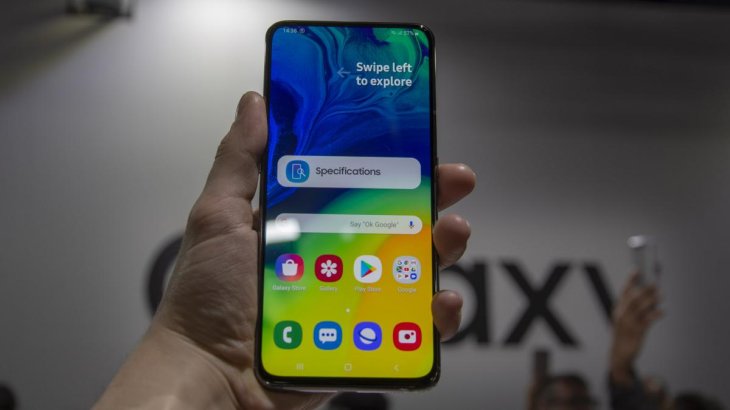
As for the hardware specifications, the Galaxy A40 is powered by Samsung-made Exynos 7885 SoC which is similar to the Exynos 7904 SoC on the cheaper Galaxy A30. The processor is paired with 4GB RAM/64GB of internal storage which is expandable via a dedicated microSD slot up to 512GB. Keeping the phone running is a 3,400mAh cell with 15W fast charging support and a USB Type-C port. The phone is offered in four color variants, including Black, White, Blue, and Coral. As for security, it features a fingerprint scanner mounted on the rear.

Moving to the Galaxy A70, it packs a Qualcomm chipset which is the Snapdragon 675 SoC that we have already seen on the Redmi Note 7 along with an Adreno 612. Paired with the processor is 6GB/8GB of RAM and 128GB of internal storage which is also expandable via a dedicated microSD slot up to 512GB. Different from the Galaxy A40, the A70 comes with an on-screen fingerprint scanner and it is powered by a massive 4,500mAh cell with 25W fast charging support. Its color variants are Coral, Blue, Black, and White.
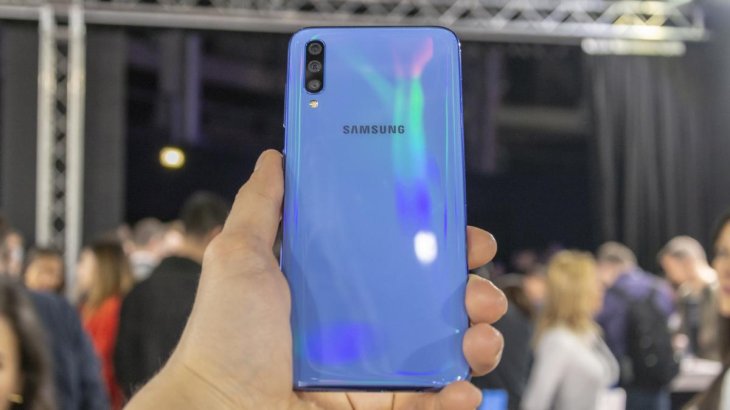
The top-end Galaxy A80 comes with the latest Qualcomm’s mid-range chipset which is the Snapdragon 730 SoC with an Adreno 618. It also packs 8GB RAM and 128GB of internal storage. Similar to the Galaxy A70, the A80 also features an on-screen fingerprint scanner for unlocking the phone. Surprisingly, the phone only packs a decent 3,700mAh which is significantly smaller than the one on the Galaxy A70 with the same 25W fast charging support. It might be due to the new rotating camera setup on the A80 taking too many spaces. It will come in Angel Gold, Ghost White, and Phantom Black color variants.
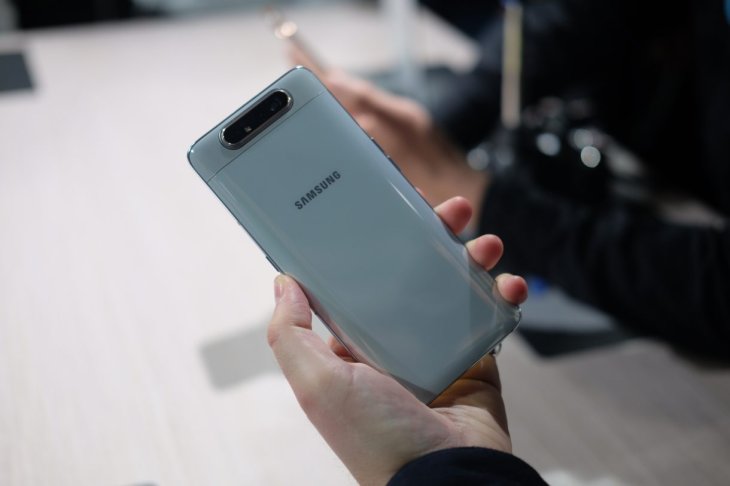
As for software, all three phones ship with the latest Android 9.0 Pie with Samsung’s OneUI on top.
Galaxy A40 vs. Galaxy A70 vs. Galaxy A80: Cameras

The last aspect we want to compare is their cameras. The Galaxy A40 comes with a dual camera system at the back, including a 16MP primary sensor with an aperture of f/1.7 and a 5MP secondary ultra-wide lens with an f/2.2 aperture. Up front, there is a 25MP selfie camera with an f/2.0 aperture.
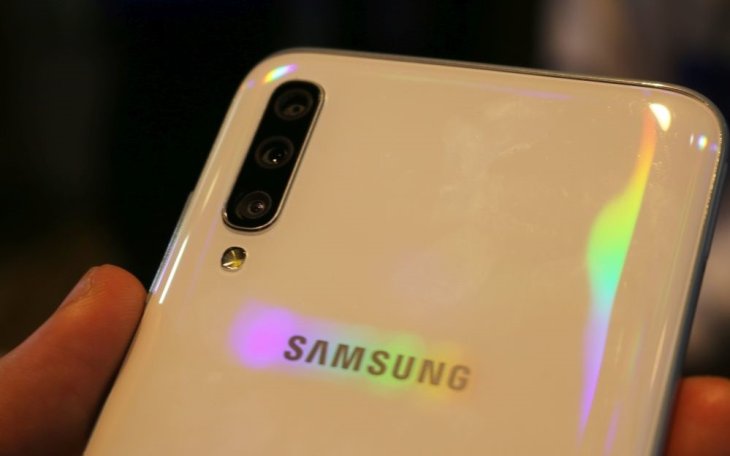
On the other hand, the Galaxy A70 comes with triple rear cameras which are a 32MP primary sensor with an aperture of f/1.7, an 8MP secondary ultra-wide lens with an aperture of f/2.2, and a third 5MP depth sensor. Users can take selfies and video call with a 32MP selfie camera with an aperture f/2.0.
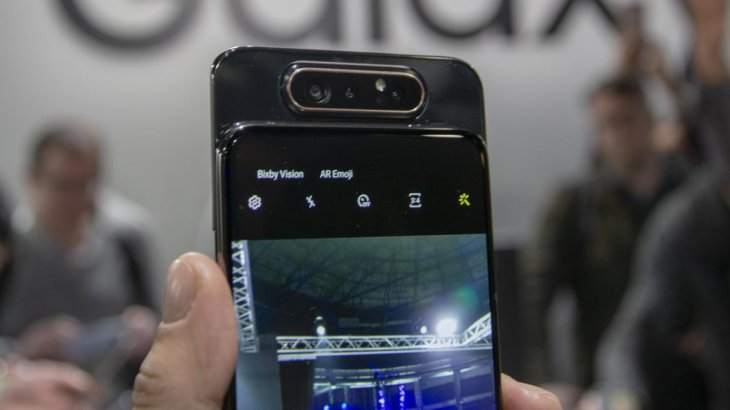
Obviously, the camera setup on the Galaxy A80 is the most interesting one. It is the first time Samsung goes for a rotating camera setup on its phone. The rotating triple cameras can work on both sides, meaning it can be used as rear cameras as well as selfie cameras. That can really take advantage of its great triple camera system, comprising of a 48MP primary sensor with an aperture of f/2.0, an 8MP secondary ultra-wide lens with an f/2.2 aperture and a third ToF 3D camera.
Featured Stories

Mobile - Oct 23, 2025
How Casual Games Are Winning the Mobile Attention War
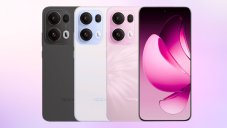
Mobile - Jul 03, 2025
OPPO Reno 14 Series Hits India: Launch Date, Cameras, and Specs
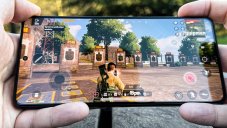
Mobile - Jun 12, 2025
Best Gaming Phones 2025: Top Devices for Mobile Gaming
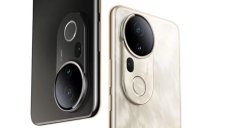
Mobile - Jun 12, 2025
Vivo T4 Ultra Debuts with MediaTek Dimensity 9300+ Chipset
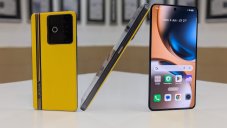
Mobile - Jun 08, 2025
Realme GT 7T Review: Power Meets Endurance in Controversial Style

Mobile - Jun 08, 2025
Motorola Edge 60 Set to Debut in India This June
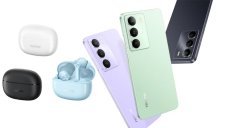
Mobile - Jun 07, 2025
Realme C73 5G Launches in India: Budget 5G Phone Starts at ₹10,499
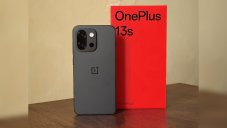
Gadgets - Jun 07, 2025
OnePlus 13s Makes Indian Debut: Compact Flagship Brings Premium Features at...
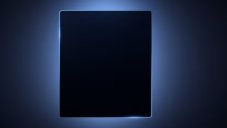
Mobile - Jun 04, 2025
Samsung Galaxy Z Fold 7 Ultra: The Next Chapter of Premium Foldables
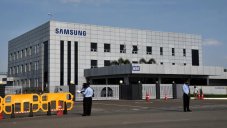
Mobile - Jun 02, 2025
Comments
Sort by Newest | Popular